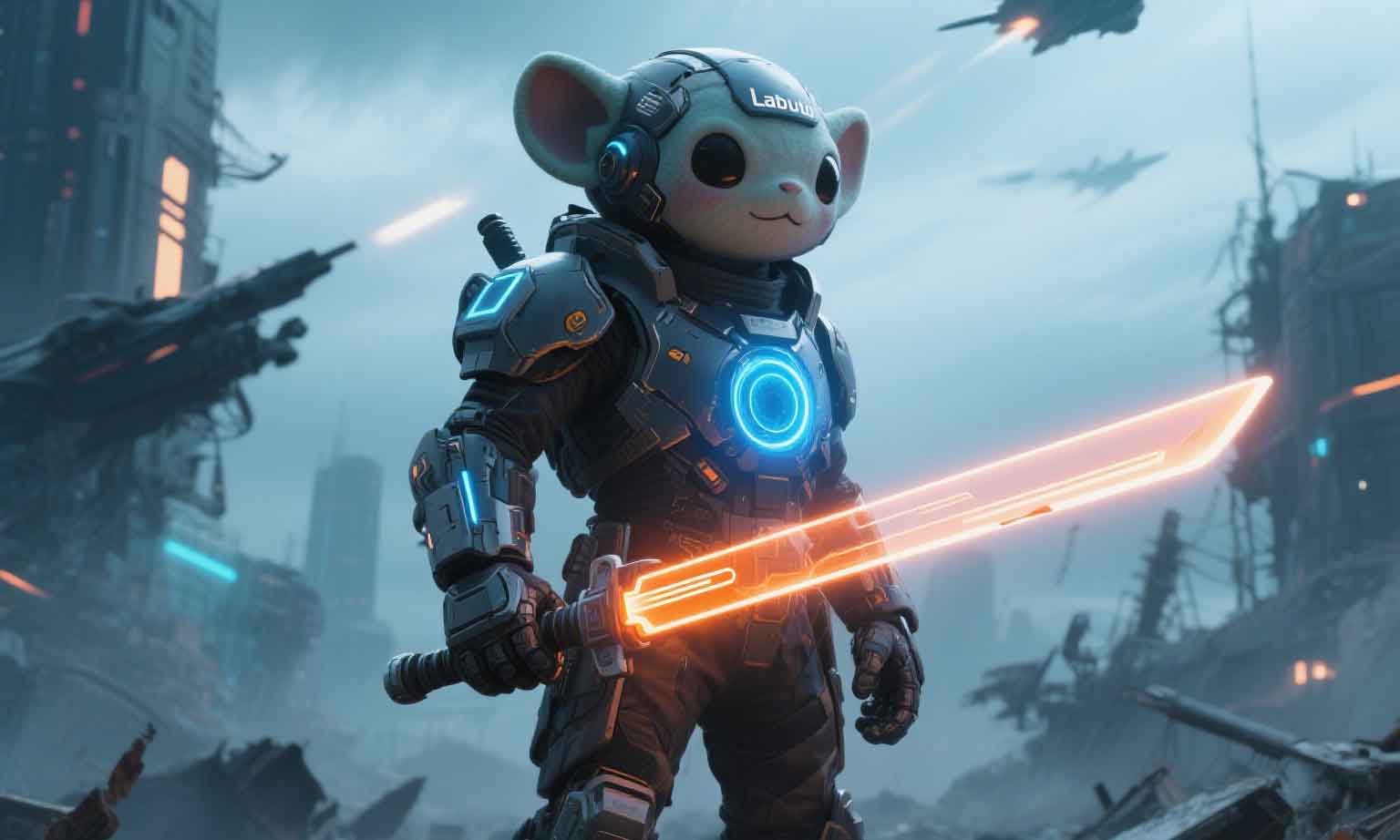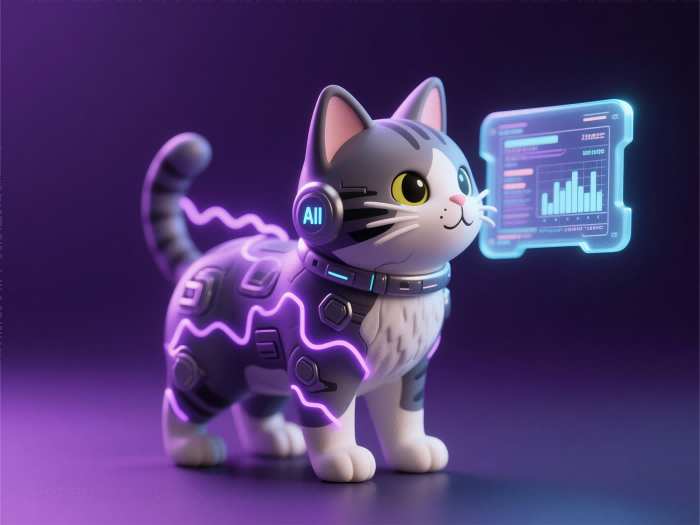AI Toys: Nurturing Creativity or Curbing Imagination? The Delicate Balance of Intelligent Play
Gewa 2025-06-11
The rise of AI toys marks a pivotal moment in how children engage with technology, but beneath their glittering screens and adaptive algorithms lies a profound question: Do these intelligent companions enhance childhood development or overshadow the messy, magical world of unstructured play? While AI toys offer unprecedented interactivity, their impact on creativity and emotional intelligence demands careful scrutiny.
The rise of AI toys marks a pivotal moment in how children engage with technology, but beneath their glittering screens and adaptive algorithms lies a profound question: Do these intelligent companions enhance childhood development or overshadow the messy, magical world of unstructured play? While AI toys offer unprecedented interactivity, their impact on creativity and emotional intelligence demands careful scrutiny.
In a world racing toward smarter gadgets, let us remember: the most innovative "toy" remains the child’s own mind, sparked by the freedom to dream, invent, and discover without a user manual. AI toys should inspire that spark, not overshadow it—guiding gently, but leaving room for the chaos of creativity that makes childhood truly timeless.
The Allure of Directed Play
AI toys excel at structured learning, providing tailored feedback that mimics a personal tutor. Products like the "CogniCube" use machine learning to guide children through puzzles, rewarding problem-solving with animated cheers, while "StoryWeaver" crafts personalized narratives based on a child’s verbal inputs. Such design caters to busy parents seeking efficient educational tools—market research shows 65% of caregivers prioritize toys that "teach skills directly" over open-ended playthings. This directed approach can boost early literacy and logical thinking, especially for children in high-stakes academic environments.The Risk of Scripted Imagination
Yet traditional toys—blocks, dolls, or even cardboard boxes—thrive on unrestricted creativity, where a stick becomes a sword and a blanket a spaceship. AI toys, by contrast, often operate within preprogrammed frameworks. For example, a robotic dinosaur might respond to voice commands with preset roars and facts about paleontology, but it cannot adapt to a child’s whim of turning it into a "friendly space dragon" with a cardboard crown. Studies in Child Development (2023) warn that excessive interaction with scripted AI reduces "fantasy elaboration," a key marker of creative thinking. Children accustomed to algorithmic responses may grow reliant on external direction, struggling to invent games independently.Emotional Intelligence: Beyond Binary Responses
AI toys also promise emotional companionship, with models like "Milo the Mindful Robot" designed to recognize sadness and offer comforting phrases. While these features can help children articulate feelings, they risk simplifying human emotion into digestible data points. A child crying to a plush AI might receive a soothing story, but unlike a human caregiver or even a silent teddy bear, the toy cannot misinterpret, hesitate, or model the nuanced messiness of empathy. Psychologists caution that genuine emotional intelligence develops through imperfect, reciprocal interactions—moments where a child learns to read subtle facial cues or adjust their tone, skills that AI’s binary responses may undermine.The Role of Hybrid Play
The solution lies not in rejecting AI toys, but in integrating them with traditional play forms. Companies like "PlayBridge" now design AI modules that attach to wooden train sets, allowing children to code narratives for their physical tracks, merging digital logic with tactile creativity. Parents can encourage "tech detox" playtimes, where AI companions step back to let cardboard forts and imaginary tea parties take center stage. This balance honors the best of both worlds: the AI’s ability to teach coding or languages, paired with the timeless magic of a child’s unscripted "what if?"Rethinking "Smart" Play
Ultimately, the value of AI toys hinges on how we frame them—not as replacements for human interaction or open play, but as tools in a diverse developmental toolkit. Just as books coexist with television, AI can enrich, not erase, the tactile, imaginative heart of childhood. The key is to ensure that beneath every algorithm lies space for the unpredictable, the flawed, and the wonderfully human—qualities no code can replicate.In a world racing toward smarter gadgets, let us remember: the most innovative "toy" remains the child’s own mind, sparked by the freedom to dream, invent, and discover without a user manual. AI toys should inspire that spark, not overshadow it—guiding gently, but leaving room for the chaos of creativity that makes childhood truly timeless.













